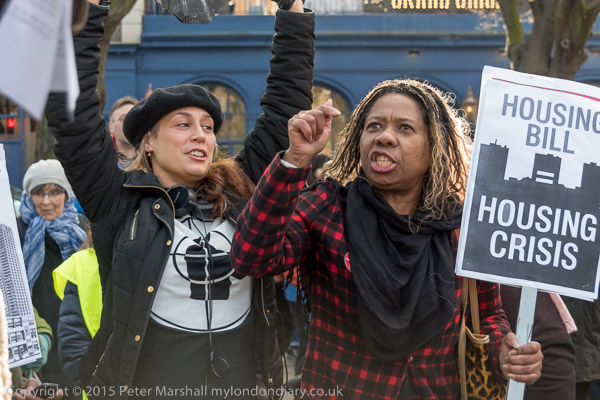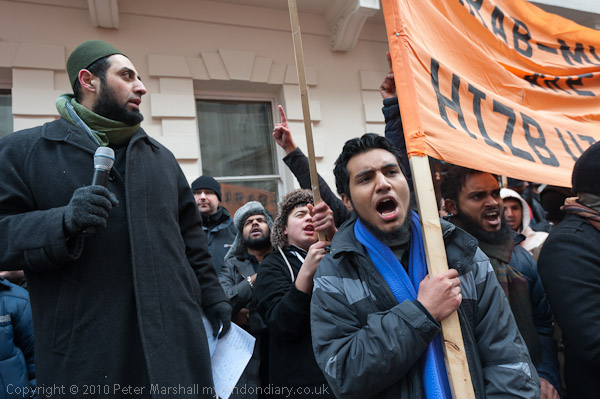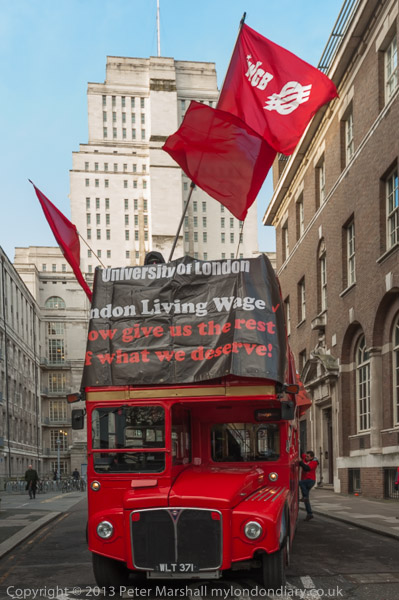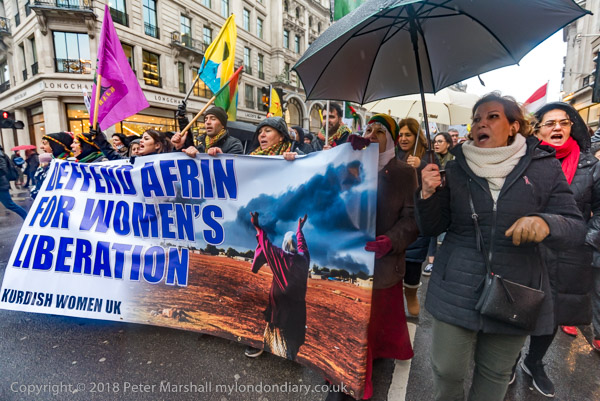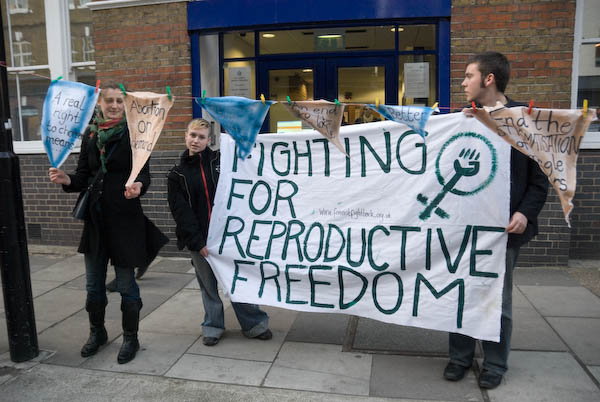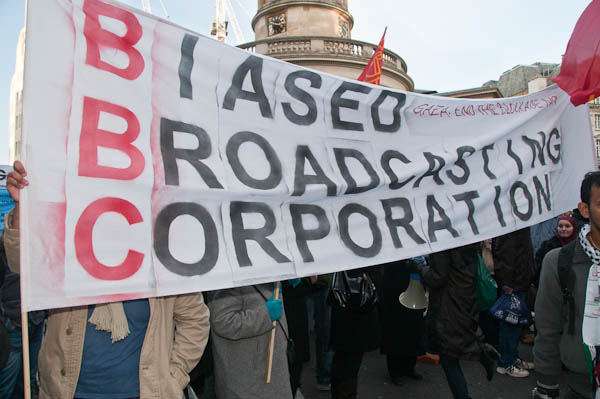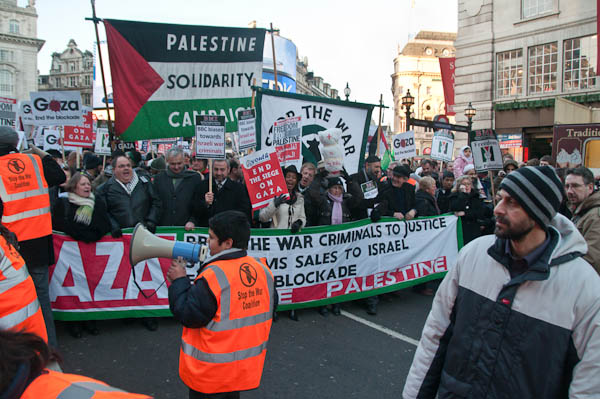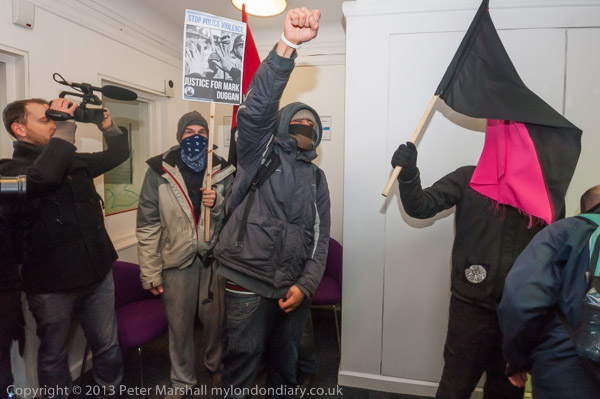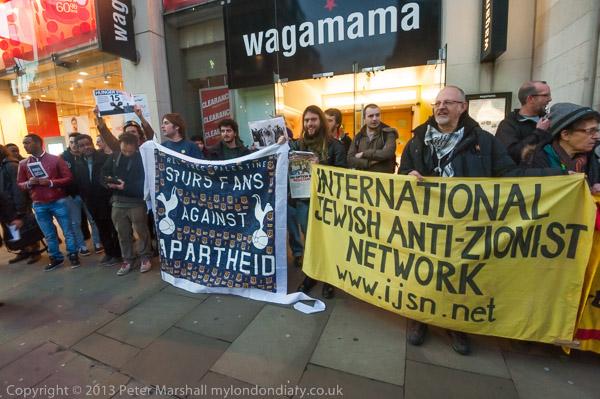2015 March for Homes – Shoreditch to City Hall. A year before the march Against the Housing and Planning Bill featured in yesterday’s post there was another march about housing at the end of January, the March For Homes.

The event called by Defend Council Housing, South London People’s Assembly and Unite Housing Workers Branch involved two separate marches, one coming from Shoreditch in north-east London and the other from the Elephant & Castle in south London converging on London’s City Hall close to Tower Bridge for a final rally.

I couldn’t be in two places at once and chose to go to Shoreditch, partly because I knew people from several groups I had photographed at a number of housing struggles would be marching from there. The event was certainly enlivened by the arrival of activists who had marched from Bethnal Green, including supporters of Class War, Focus E15 and other groups.

The Shoreditch Rally was held in a crowded area in Shoreditch churchyard at the front of St. Leonard’s, Shoreditch, the ancient parish church of Shoreditch, and I took the opportunity to go inside and have a look at the church before the rally. The list of speakers there showed the wide range of community support for fairer housing policies, including more social housing desperately needed in London and included Jasmine Stone of Focus E15, Lindsey Garratt from New Era, Paul Turp, vicar of St Leonards, Nick from Action East End, Paul Heron of the Haldane Society of Socialist Laywyers, Max Levitas, a 100 year old communist veteran of Cable St, a speaker from the ‘Fred and John Towers’ in Leytonstone and Tower Hamlets Mayor Lutfur Rahman.
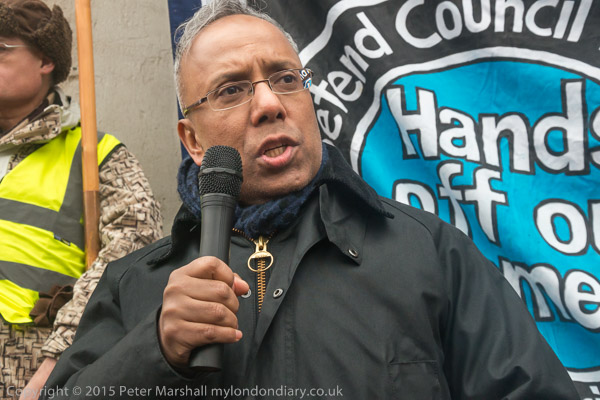
Tower Hamlets benefits from having been formed from some of the London Metropolitan Boroughs with the best records of social housing – such as Poplar, where in the 1920s councillors went to jail to retain more money for one of London’s poorest areas. Unfortunately Rahman, the borough’s first directly elected mayor was removed from office in April 2015 after he was found personally guilty of electoral fraud in his 2014 re-election. Many of the other charges made against him in the media were dismissed by police after investigation.

It was raining slightly as over a thousand marchers set off for City Hall behind the March For Homes banner.

As the march came to the junction with Aldgate High St, Class War split off for a short protest at One Commercial St, where they had held a lengthy series of weekly ‘Poor Doors’ protests against separate entrances for residents owning or leasing at market rates and the smaller section of social housing tenants who had to enter through a door down a side alley. Class War had suspended their 20 weeks of protest for talks with a new owner of the building a month or so earlier, but these had broken down without a satisfactory resolution and the protests there restarted the following week.

As the march approached the Tower of London it was met and joined by Russell Brand riding a bicycle,

and on Tower Bridge, Class War came up to lead the march.

I rushed ahead to meet the South London march as it turned into Tooley Street for the last few yards of its march.

The rally in front of City Hall was large, cold and wet. By now the rain was making it difficult to take photographs, with drops falling on the front of my lenses as I tried to take pictures, and my lenses beginning to steam up inside. But I persisted and did the best I could, though the rain-bedraggled speakers in particular were not looking their best.

The rally was still continuing when some of the activists, including Class War and the street band Rhythms of Revolution decided they needed to do something a little more than standing in the rain listening to speeches. They moved onto Tooley Street and blocked the road. More police arrived and blocked the road even more effectively as the activists moved eastwards to protest at One Tower Bridge, a new development mainly for the over-rich next to Tower Bridge and then left for a long walk to the occupied Aylesbury Estate. But I decided it was time to go home.
More on My London Diary:
March for Homes: After the Rally
March for Homes: City Hall Rally
March for Homes: Poor Doors
March for Homes: Shoreditch to City Hall
March for Homes: Shoreditch Rally


